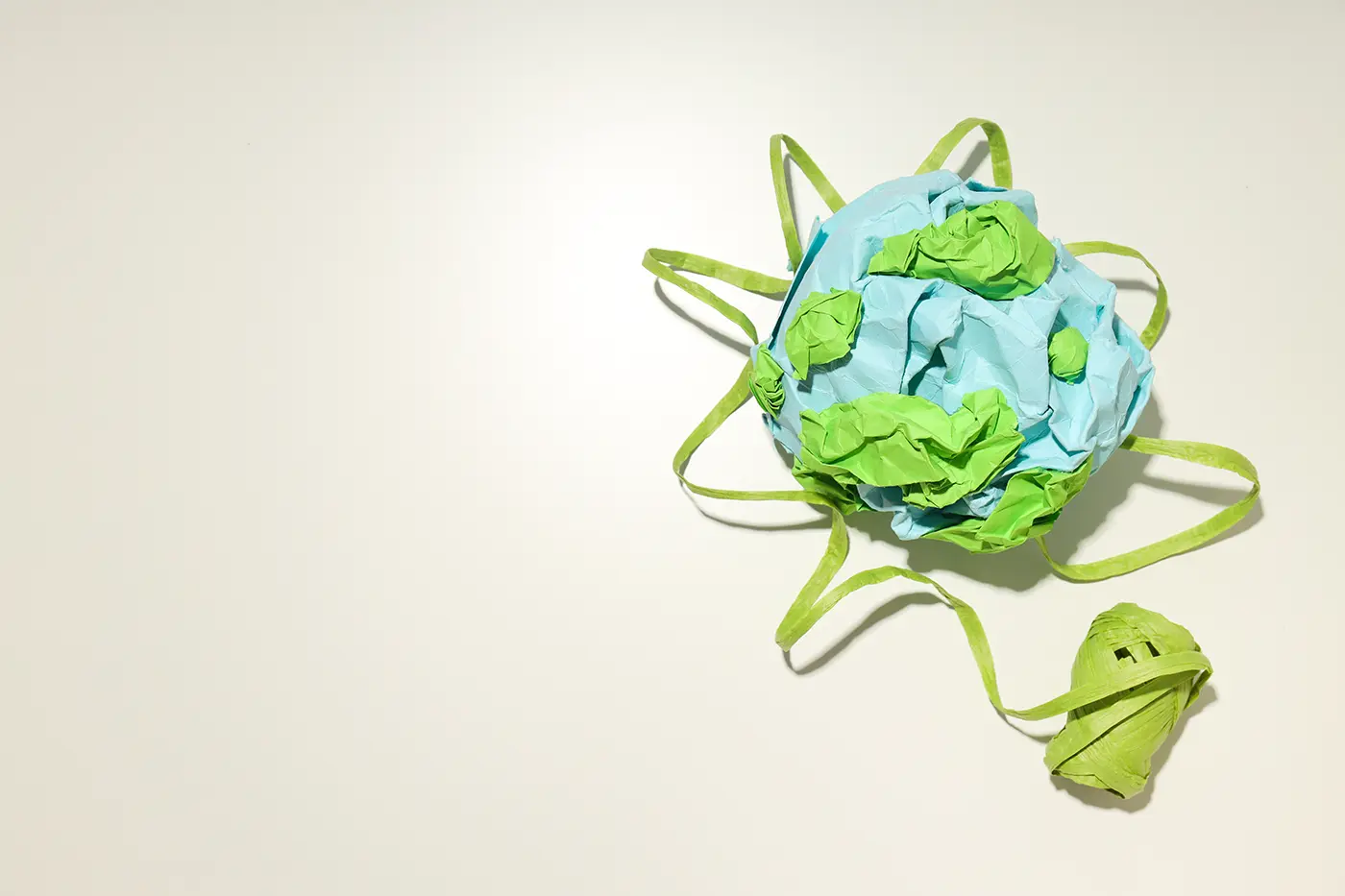These have been the causes of a revolution in past years, which brings greater environmental awareness and ethical concern to the fashion world. It is a movement of revolution towards sustainable style, where eco-friendly materials would be used and ethical choices made within fashion. From innovative fabrics made of recycled material to a transparent supply chain where there is fair labor practice, sustainable fashion offers a path toward a more ethical and environmentally conscious wardrobe. This article goes in-depth with the sustainable style revolution and how it’s intertwined with technology to further align with our focus on lifestyle and technology here in this website.
The Rise of Sustainable Fashion: Weaving a More Ethical Future
It is a fashion movement that covers designing, producing, distributing, and consuming clothes in such a manner to reduce the environmental and social impact of fashion. It encourages sustainable practices of production and raises awareness among customers. The concept covers all aspects of waste and carbon emissions within the lifecycle of the clothes, fair wages, and safety for garment workers. As consumers became increasingly aware of the imprint their purchasing decisions left, so did the demand for sustainable and ethical fashion options increase rampantly.
Eco-friendly materials-dressing with a conscience.
Eco-friendly materials are at the heart of sustainable fashion as they reduce harm to the environment, besides assuring responsible sourcing and production. New textile technology has made possible many variations in eco-friendly fabrics. Organic cotton, recycled polyester, hemp, bamboo, and TENCEL™ lyocell are some of the available eco-friendly fabrics. These materials provide sustainable alternatives to conventional fabrics that reduce water and energy consumption, chemical usage, and waste generation within the supply chain of fashion.
Ethical fashion surpasses the choice of fabrics. It is a wide approach covering a number of practices that contribute to social responsibility and accountability within the fashion industry. This includes encouragement of brands which are ready to use fair labor, commit themselves to transparency in supply chains, and apply sustainable and ethical sourcing practices. Consumption impacts can, therefore, be turned positive on both people and the planet through the support of more ‘ethical’ brands and practices. For this, we seek brands accredited by agencies such as Fair Trade International or Global Organic Textile Standard-assurance that ethical means of production have been followed.
Technology: Weaving Innovation into Sustainable Fashion
Technological developments form part of the main causes and facilitators of innovation and advancement in the field of sustainable fashion. Equipped with technologies ranging from blockchain to 3D printing, and digital design tools, brands can really drive increased transparency, efficiency, and sustainability down the length of the fashion supply chain. Taking the example of blockchain technology, for instance, it may enable consumers to trace the origin of their garments through raw materials sourcing, production, and distribution. The better choices consumers are able to make in support of brands that act with ethical treatment and environmentalism. The more consumers have visibility, the more informed choices they can make in support of brands that act with ethics and take care of the environment.
Welcome to Sustainable Style: Your Path to a Greener Wardrobe
There is indeed a revolution with sustainable style going on in full swing; the ways consumers can adapt to sustainable fashion choices in one’s own life are endless. Where does one start?
Educate Yourself: Learn about sustainable fashion practices and materials to understand what your clothes are made of and how they are made.
Get Sustainable Brands: Consider those brands that align with your values and strongly focus on ethical production with eco-friendly materials. Some few indicators may be Fair Trade or GOTS certification.
Second, this involves investing more in more timeless pieces made of the highest quality, sustainable materials, which means an overall reduction in the number of clothes items purchased.
Go pre-loved: Make use of second-hand stores; swap clothes with friends to make what you have last longer and reduce your environmental footprint.
Conclusion: Fashioning a Sustainable Future, Together
The revolution of sustainable style is all about a fundamental shift toward environmental and social responsibility across the fashion industry. Embracing eco-friendly materials, ethical fashion choices, and technological innovation will let us forge a more sustainable future. The future truly needs to focus on the wellbeing of both people and planet. We can make positive impacts with our choices as consumers. Let us support the brands that are equally committed, like ourselves, to sustainability and ethics, while together helping to pave the path toward a fashionably sustainable industry.
